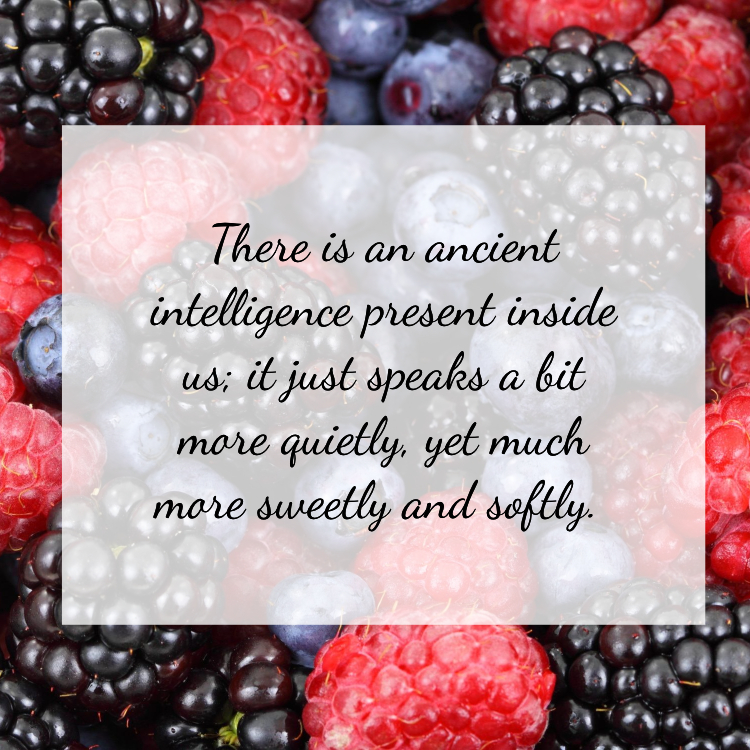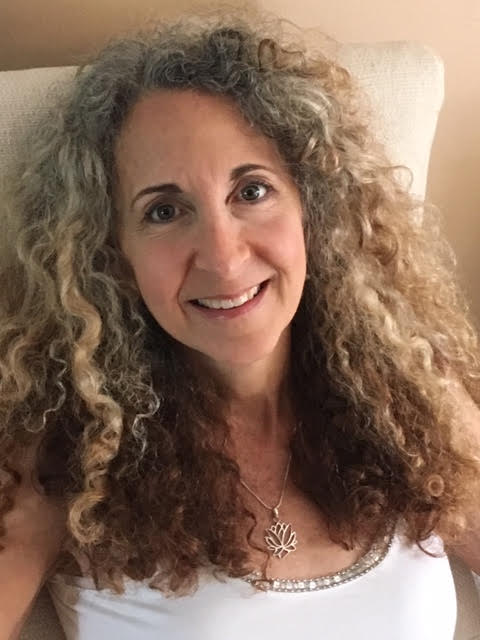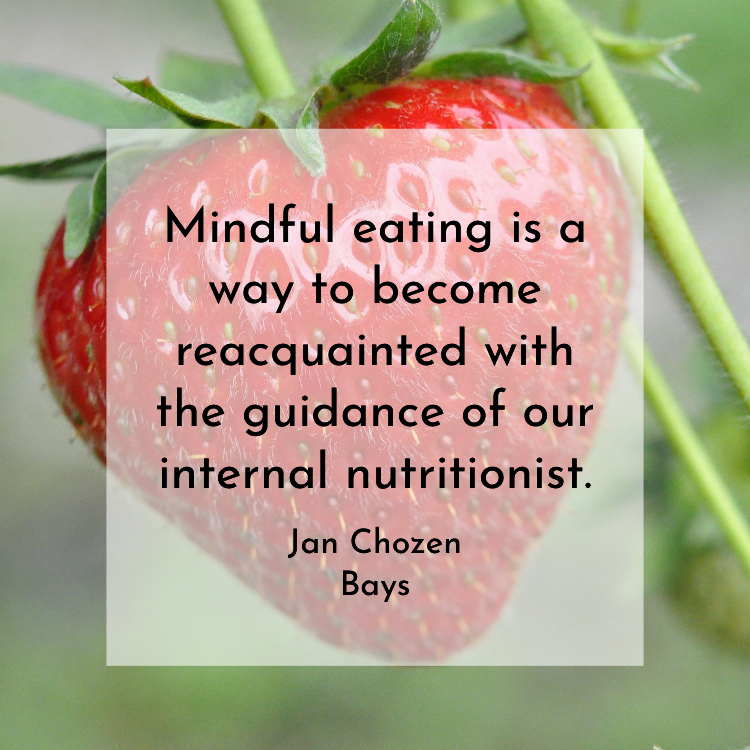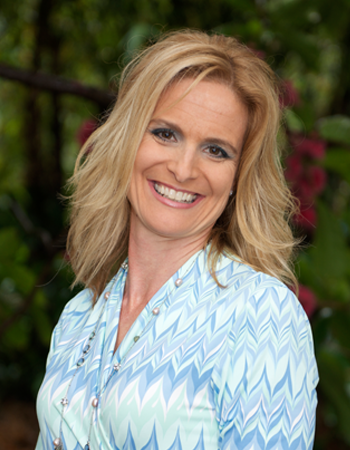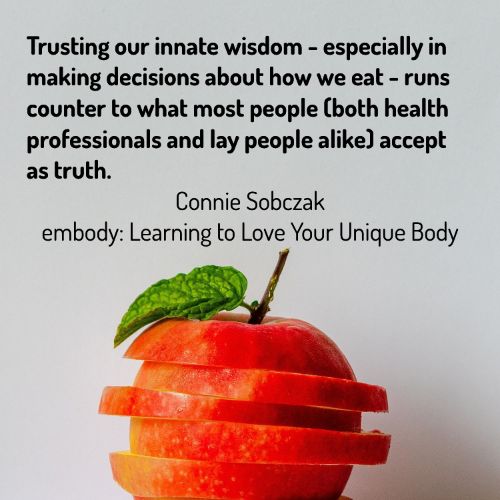Do you spend more time worrying about food and your body image on vacation than enjoying yourself and the experiences?
Would you believe me if I told you that vacations can be a great place to start healing your relationship with food and body?!

Pack one OR all of these intuitive eating vacay tips with you to make vacation a time of joy, self-care, and empowerment!
1.Listen to your body’s cues:
Honor your hunger and fullness signals while savoring the delicious local cuisine. Allow yourself to enjoy the slower pace of vacation-mode and eat mindfully, sensing the flavors and savoring the pleasurable experience.
2. Shift the focus from numbers (calories, macros, etc) to experiences:
Instead of obsessing over every bite, focus on the incredible experiences and memories you’re creating. Whether it’s exploring a new culture or basking in the sun, immerse yourself fully and let food be just one part of the adventure.
3. Challenge food rules:
Break free from rigid food rules and embrace the freedom to choose what truly nourishes and delights you. Give yourself permission to enjoy that gelato or daily croissant. Variety and pleasure are essential components of intuitive eating!
4. Practice body appreciation:
Your body is your incredible companion on this vacation journey. Celebrate its strength, resilience, and ability to carry you through incredible experiences. Wear that swimsuit proudly and bask in the joy of being present in the moment.
5. Cultivate self-compassion:
If you find yourself struggling with negative thoughts or guilt, remember to be kind to yourself. Show yourself compassion and remind yourself that enjoying delicious food and embracing body positivity are part of a healthy and fulfilling vacation.
Whether you’re squeezing in one last vacation this summer or not these tips can be practiced at any meal, any day, anywhere! If you embrace intuitive eating and practice body kindness, you will begin to live a life that nourishes your soul🌞💖
I’m Christie, a registered dietician and nutrition therapist, and I want to share the TRUTH about eating for a healthy mind & body! I host in-person and virtual workshops so you can learn how to nourish yourself for health and happiness – no diet pills needed!
If you are finally over yo-yo dieting and nutrition confusion, I’m here to support you!
My programs are mindfulness-based, non-diet approaches that allow you to identify, understand and move beyond your eating struggles, and reconnect with your internal signals of hunger and satiety.
Intuitive Nourishment – virtual group program – learn more!
Nutrition Workshops – check to see what’s coming up here!

As a Nutrition Therapist, Christie Caggiani speaks regularly to groups of children and adults, and counsels individuals in such areas as eating disorders, preventive nutrition, women’s health, and wellness. She works as part of a multi-disciplinary team, at the Therapeutic Oasis
Her mission has been to work with individuals and families on their journey toward a balanced and fulfilling life with food, and to challenge the intense cultural and societal pressures around eating and bodies. Her mindfulness-based, non-diet approach allows clients in all body shapes and sizes to identify, understand and move beyond their eating struggles, as they reconnect with their internal signals of hunger and satiety.
Christie is a Certified Intuitive Eating Counselor, providing one on one coaching to those who are determined to free themselves from diet culture. Additionally, she offers online workshops and courses to move the message of Intuitive Eating to groups of people in a safe, supportive setting.

